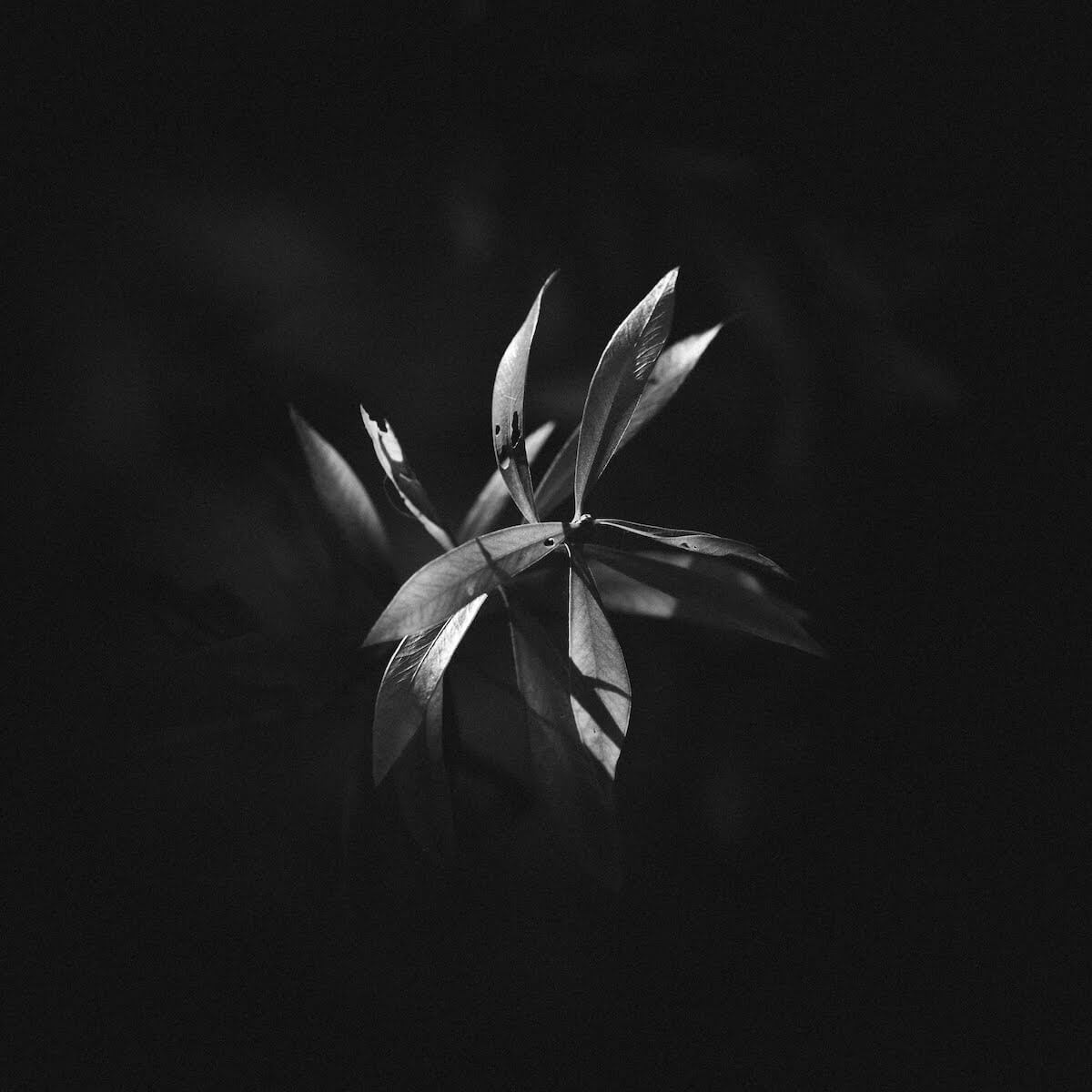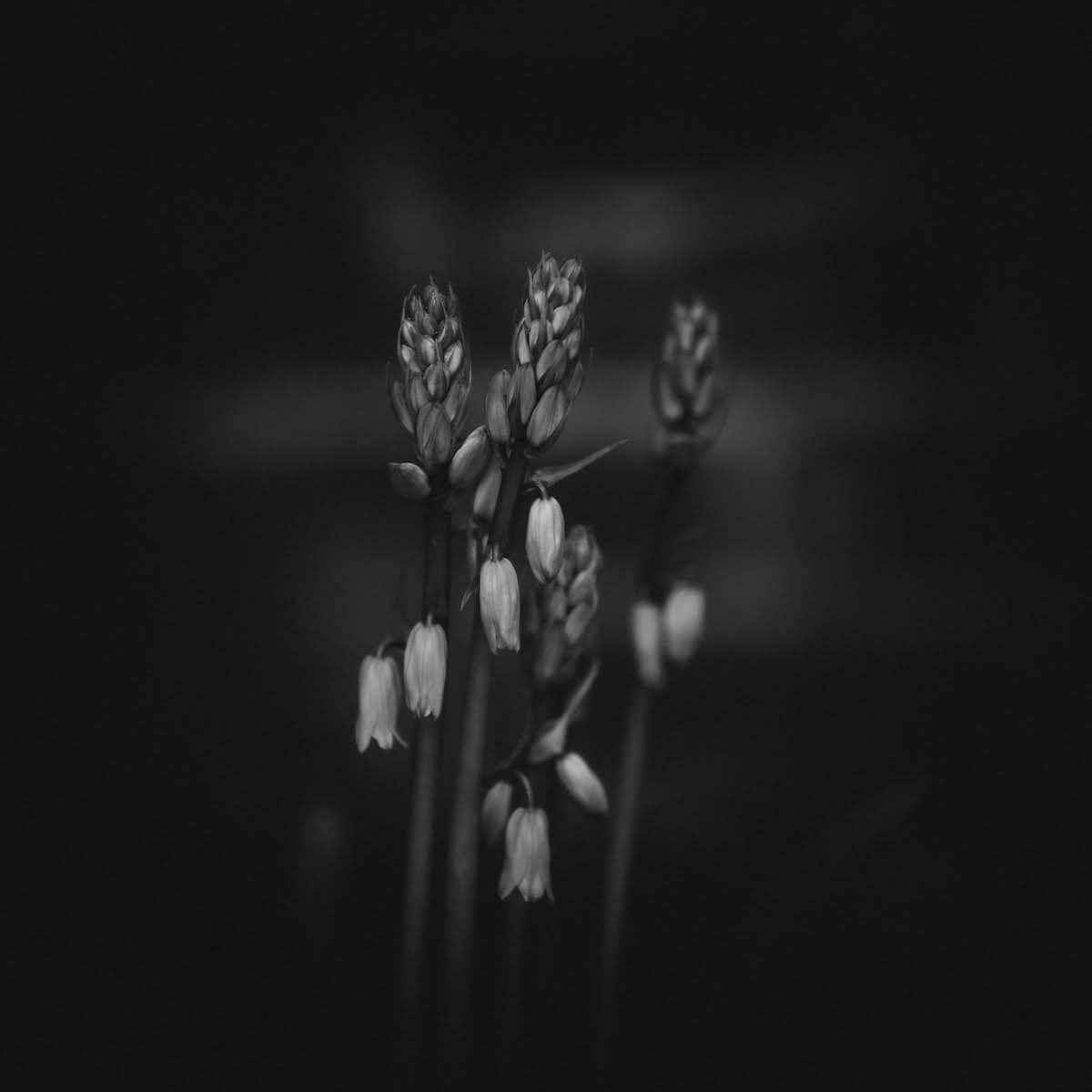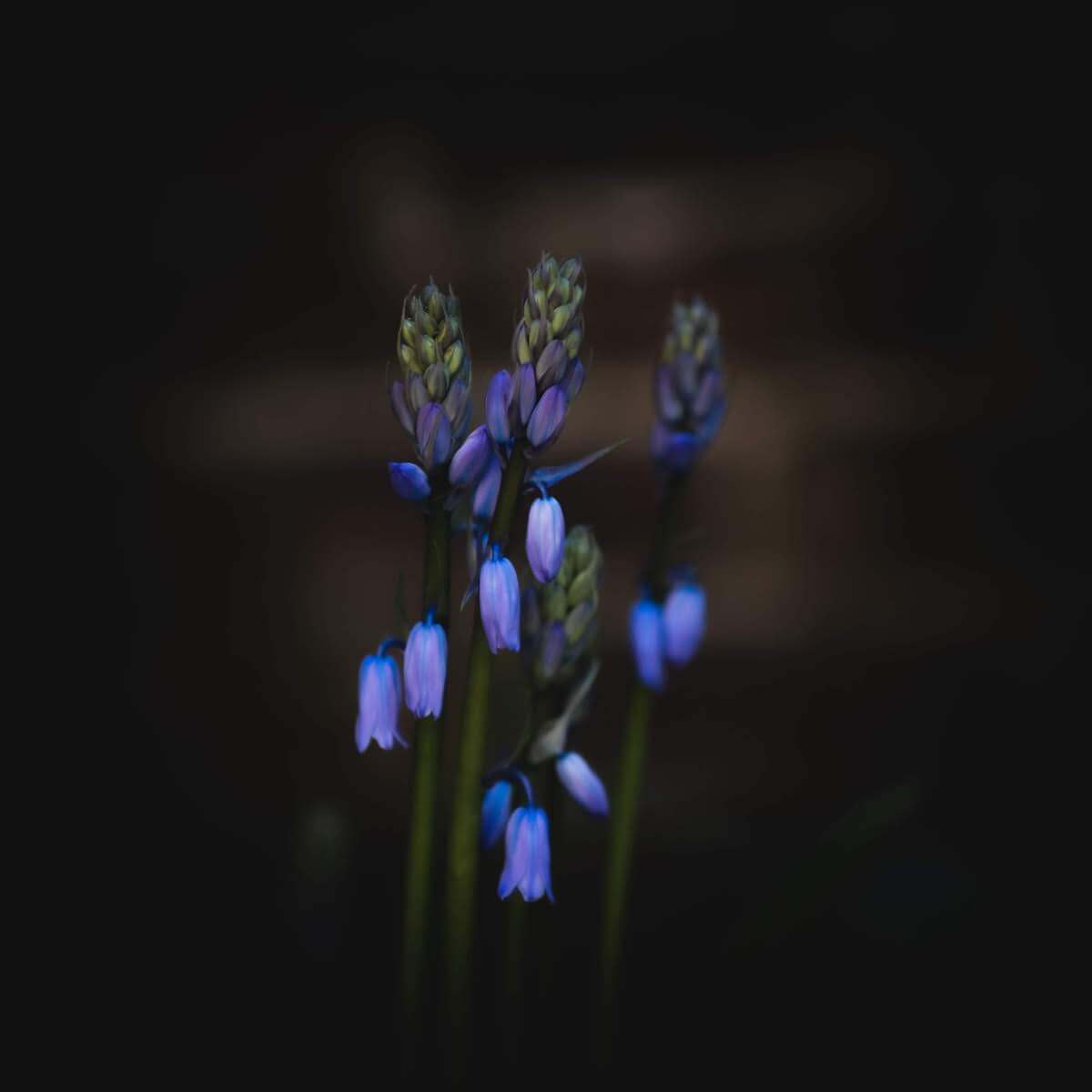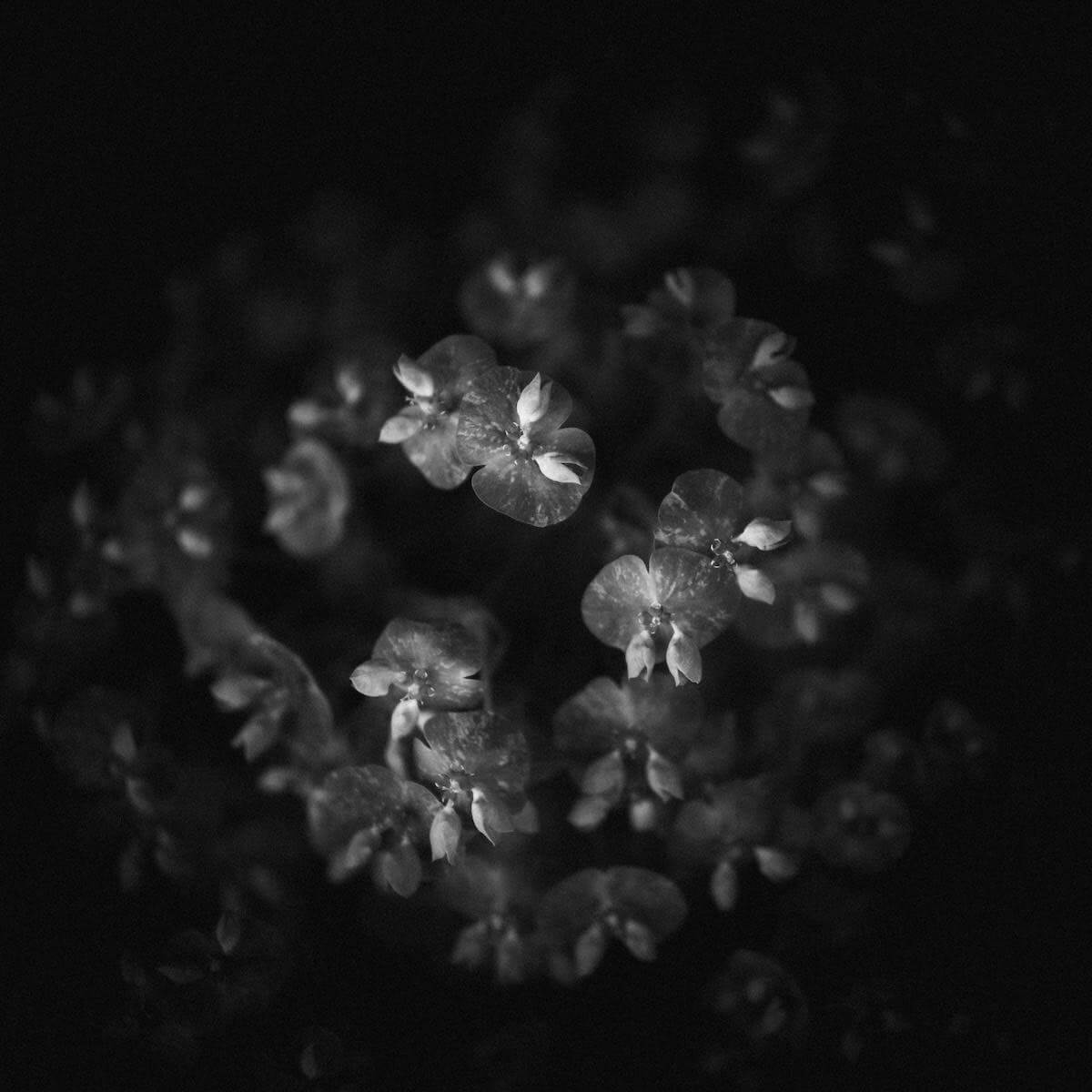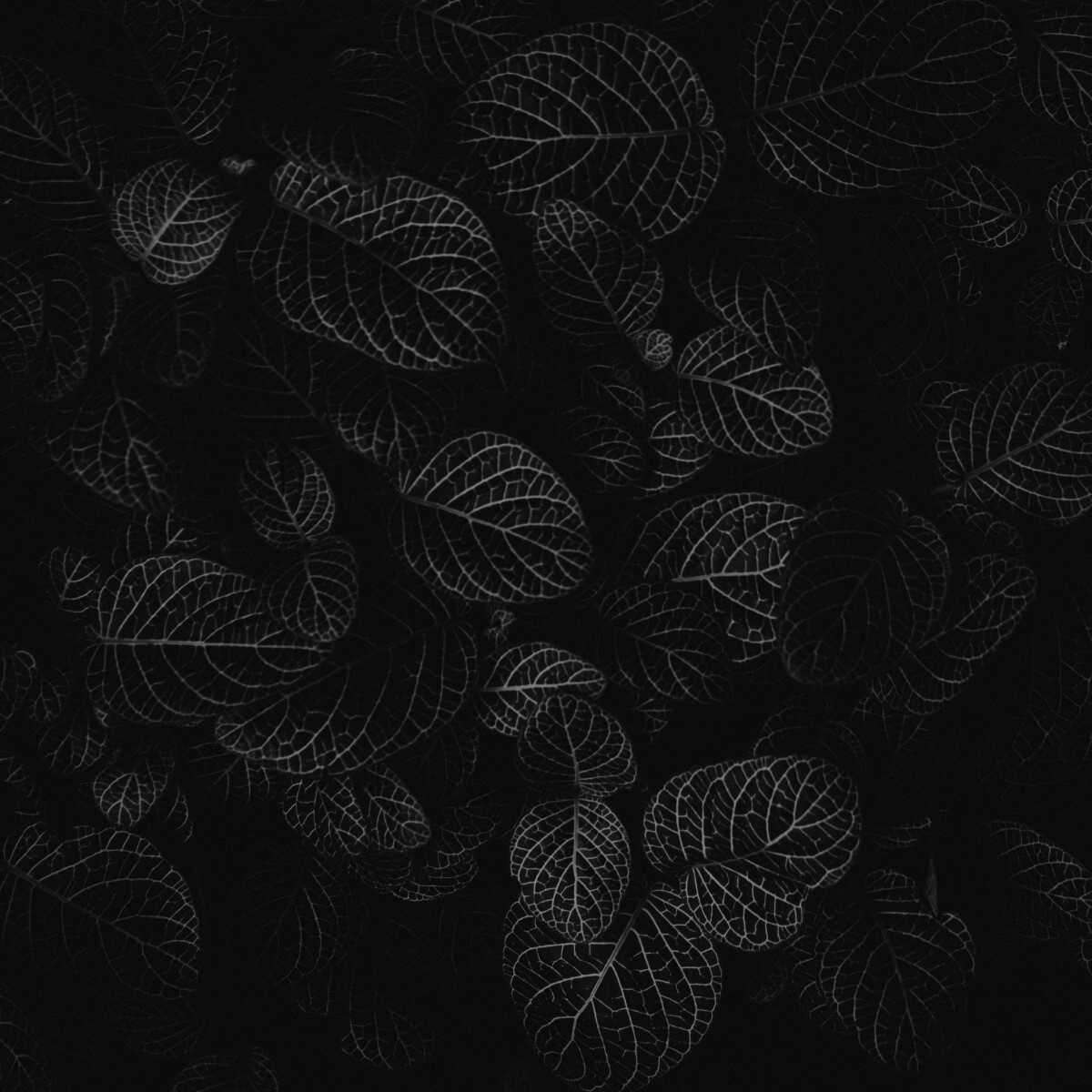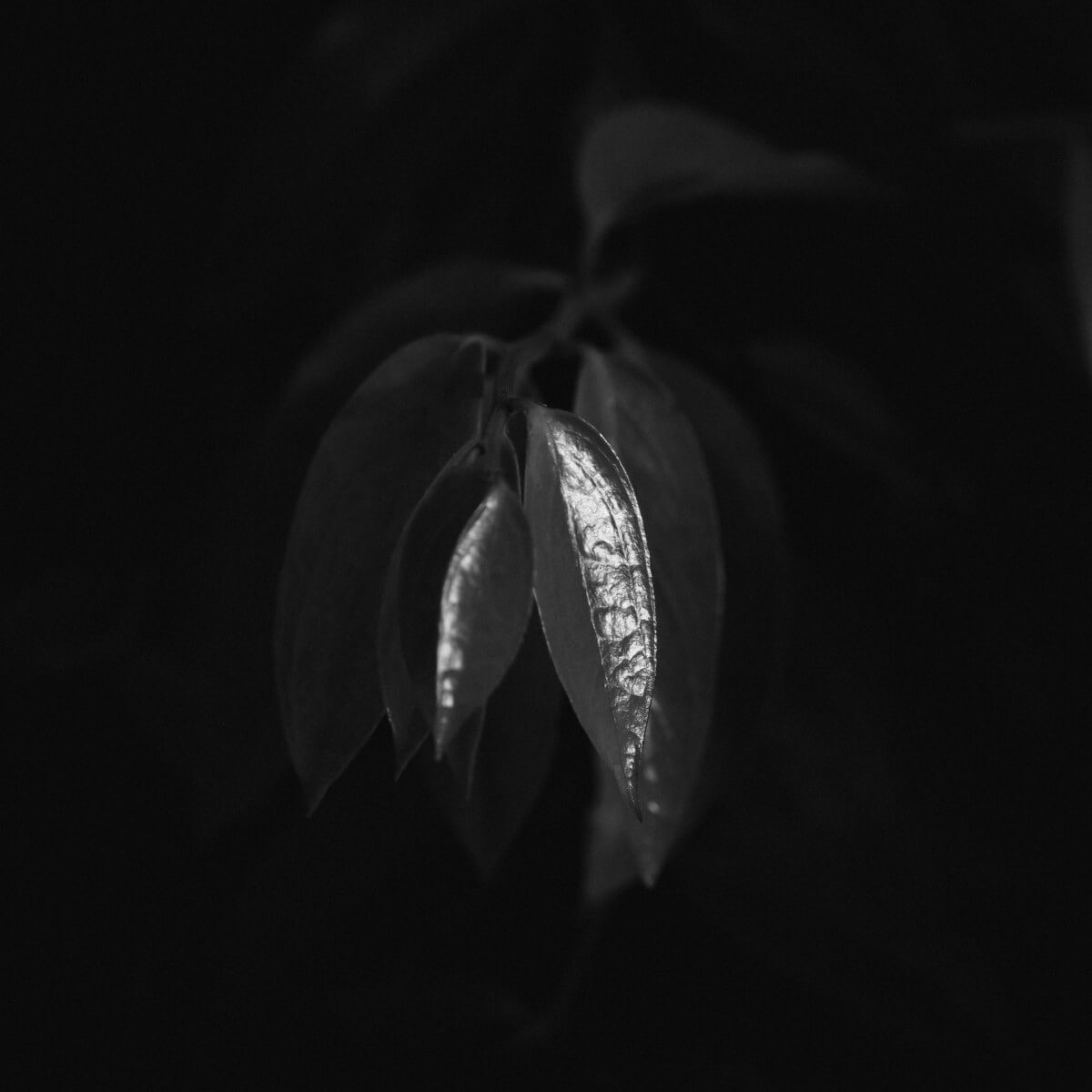But, like most photography trips, all it took was an interesting change of light to spark just enough inspiration, and the motivation make the most out of a bad situation – and just get the camera out.
In the end, getting out in the garden and going through the motions with my camera was a great exercise in both creativity and mindfulness. It gave me much needed mental relief from the stressful times we’re living in.
So as well as showing you my images, I thought I’d share some tips to help you photograph your garden during the lockdown. I hope they spark some creativity of your own, and inspire you to get out and spend some time photographing your own space.
My garden photography tips
Tip 1
Don’t choose a good subject. Choose the best subject.
At first glance, most leaves, plants and flowers look pretty. And they are. But capturing them in an image will accentuate every detail of your subject. The good, and the bad.
It’s easy to miss this step.
I did, at first. And it’s only later, sitting in front of your editing software, do you notice just how dirty, chewed up or messy that leaf was.
So when something draws your eye, spend some time up close and personal with it. Check it for dirt, bugs, broken or chewed up leaves and petals. Spruce it up before the big shoot, by brushing any garden debris off with a paintbrush or something similar.
It’s easy to miss this step.
I did, at first. And it’s only later, sitting in front of your editing software, do you notice just how dirty, chewed up or messy that leaf was.
So when something draws your eye, spend some time up close and personal with it. Check it for dirt, bugs, broken or chewed up leaves and petals. Spruce it up before the big shoot, by brushing any garden debris off with a paintbrush or something similar.
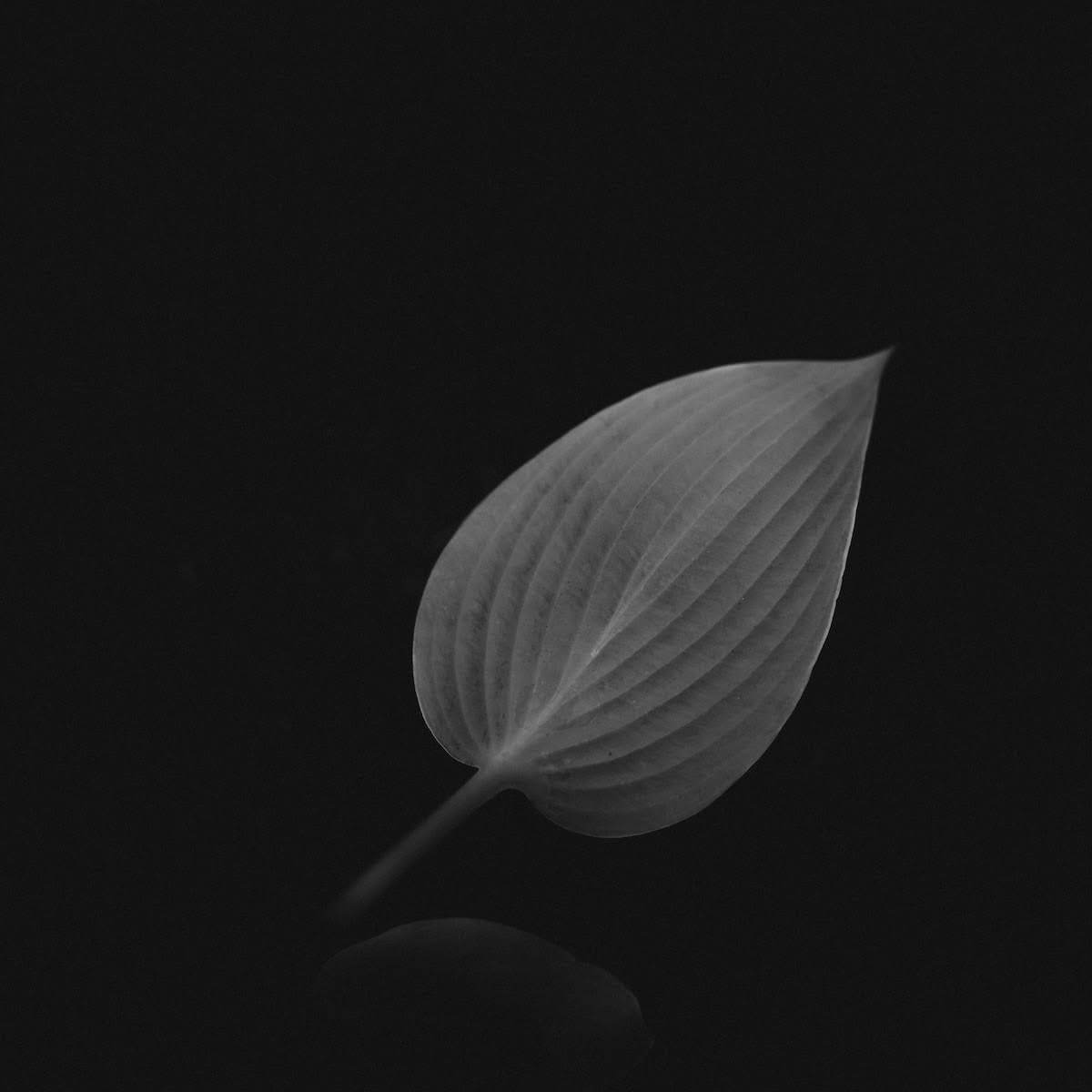
A lone Hosta leaf
Every second spent now saves you a minute kicking yourself. Or worse… spot-removing dirt and dust in Lightroom.
Tip 2
Shoot minimal
If your garden is on the small side, like mine – even limited to a few houseplants or a small balcony – find a way to isolate your subject.
Plain walls make for great backdrops, and work in both colour and black and white. If you’re shooting in colour, think about how the backdrop could complement those of your subject.
In my small courtyard garden, I used the harsh midday sun against a north facing wall hidden in deep shade. The intense contrast in light meant that exposing for the bright leaves threw the background into complete darkness and created some really abstract scenes.
Plain walls make for great backdrops, and work in both colour and black and white. If you’re shooting in colour, think about how the backdrop could complement those of your subject.
In my small courtyard garden, I used the harsh midday sun against a north facing wall hidden in deep shade. The intense contrast in light meant that exposing for the bright leaves threw the background into complete darkness and created some really abstract scenes.
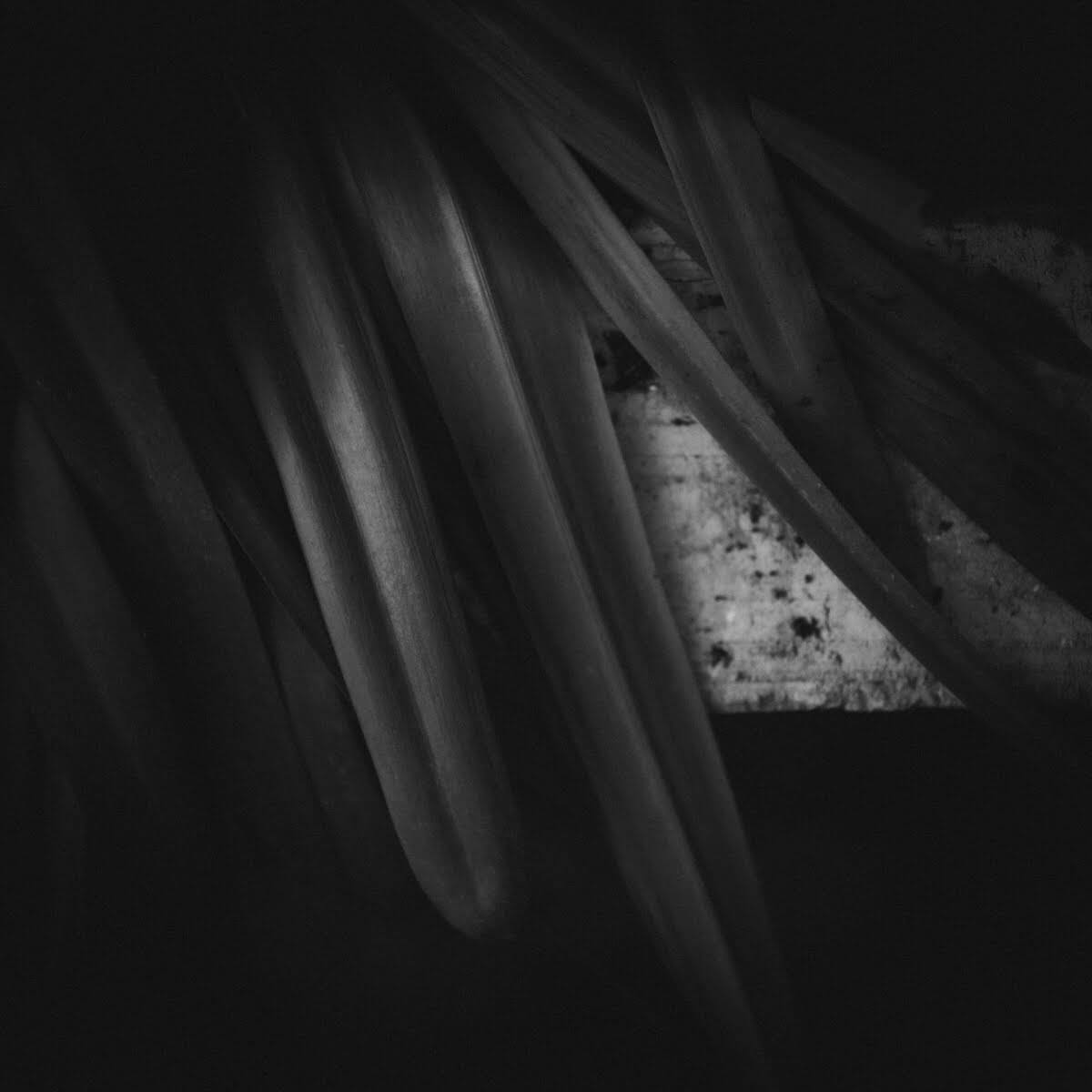
A close up of Bluebell foliage
Shooting with a wide aperture depth of field (f/2 or below) will throw your background out of focus, and emphasise your subject’s isolation.
To do this, think about your focal length and where your subject is in relation the background. Using a slightly longer focal length (around 85mm) and moving your subject away from the background will give you more separation – and bokeh… which is what really matters, of course.
To do this, think about your focal length and where your subject is in relation the background. Using a slightly longer focal length (around 85mm) and moving your subject away from the background will give you more separation – and bokeh… which is what really matters, of course.
Tip 3
Get creative with light
This is probably a photographic exception: getting up at sunrise, or staying out until sunset, really isn’t necessary.
Your garden is a great place to experiment with the contrast between harsh light and deep shade, or dappled light filtering through nearby hedges, trees and foliage.
But watch your highlights and the brighter areas of your image to avoid overexposing the most reflective parts of your subject.
Your garden is a great place to experiment with the contrast between harsh light and deep shade, or dappled light filtering through nearby hedges, trees and foliage.
But watch your highlights and the brighter areas of your image to avoid overexposing the most reflective parts of your subject.
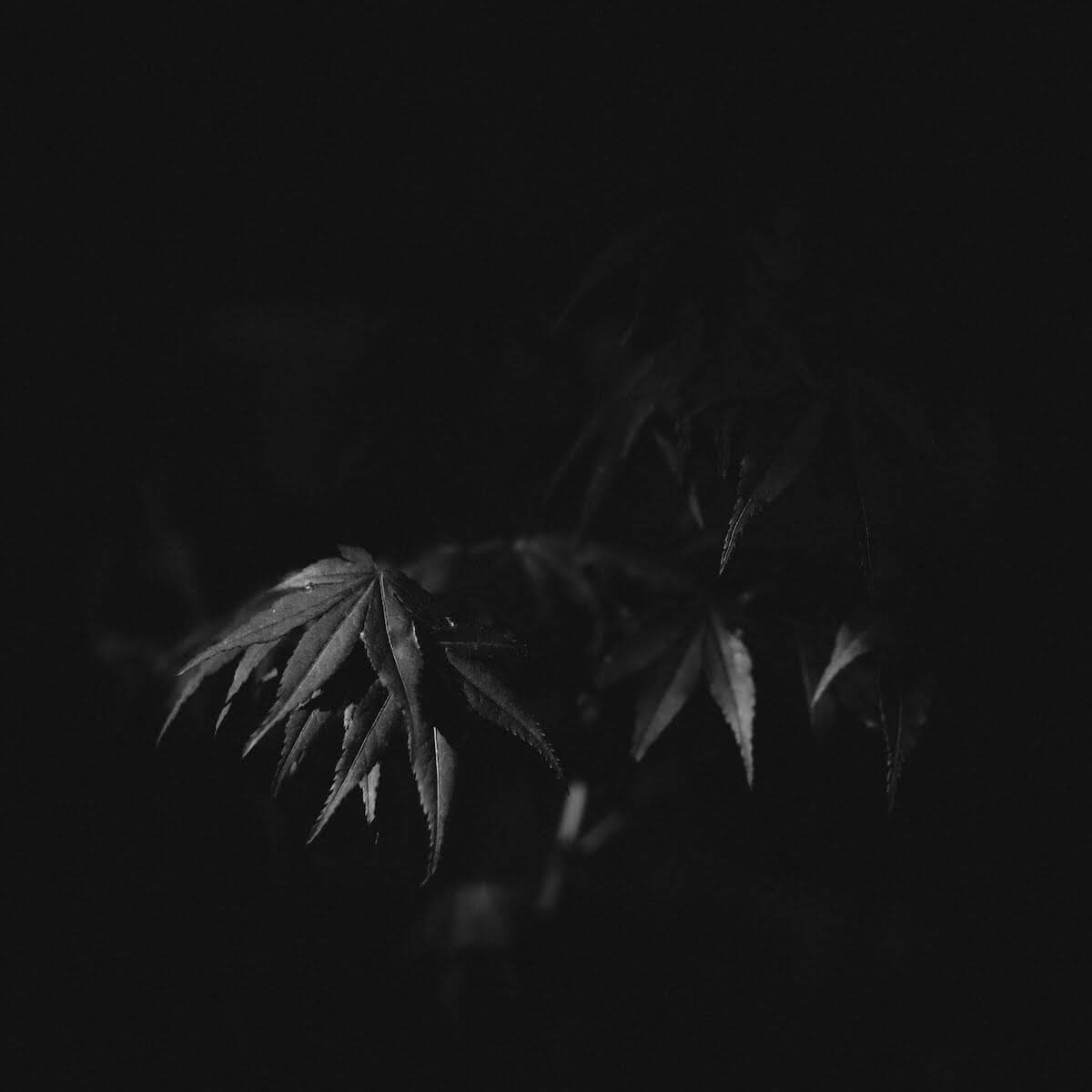
Dappled light on the Acer
Indoors, you can use any window to create dramatic lighting from the side, back or front. Make the most of the contrast between light and dark and emphasise your subject’s form.
Tip 4
Capture (or create!) movement
Photographing plants, the wind can be both friend and foe.
Because I was shooting in the midday sun, I was able to shoot handheld with a quick-enough shutter speed to freeze any motion and keep the image sharp.
But I also experimented with a neutral-density filter and tripod, slowing my shutter speed right down and trying to capture the movement of my subject.
Because I was shooting in the midday sun, I was able to shoot handheld with a quick-enough shutter speed to freeze any motion and keep the image sharp.
But I also experimented with a neutral-density filter and tripod, slowing my shutter speed right down and trying to capture the movement of my subject.
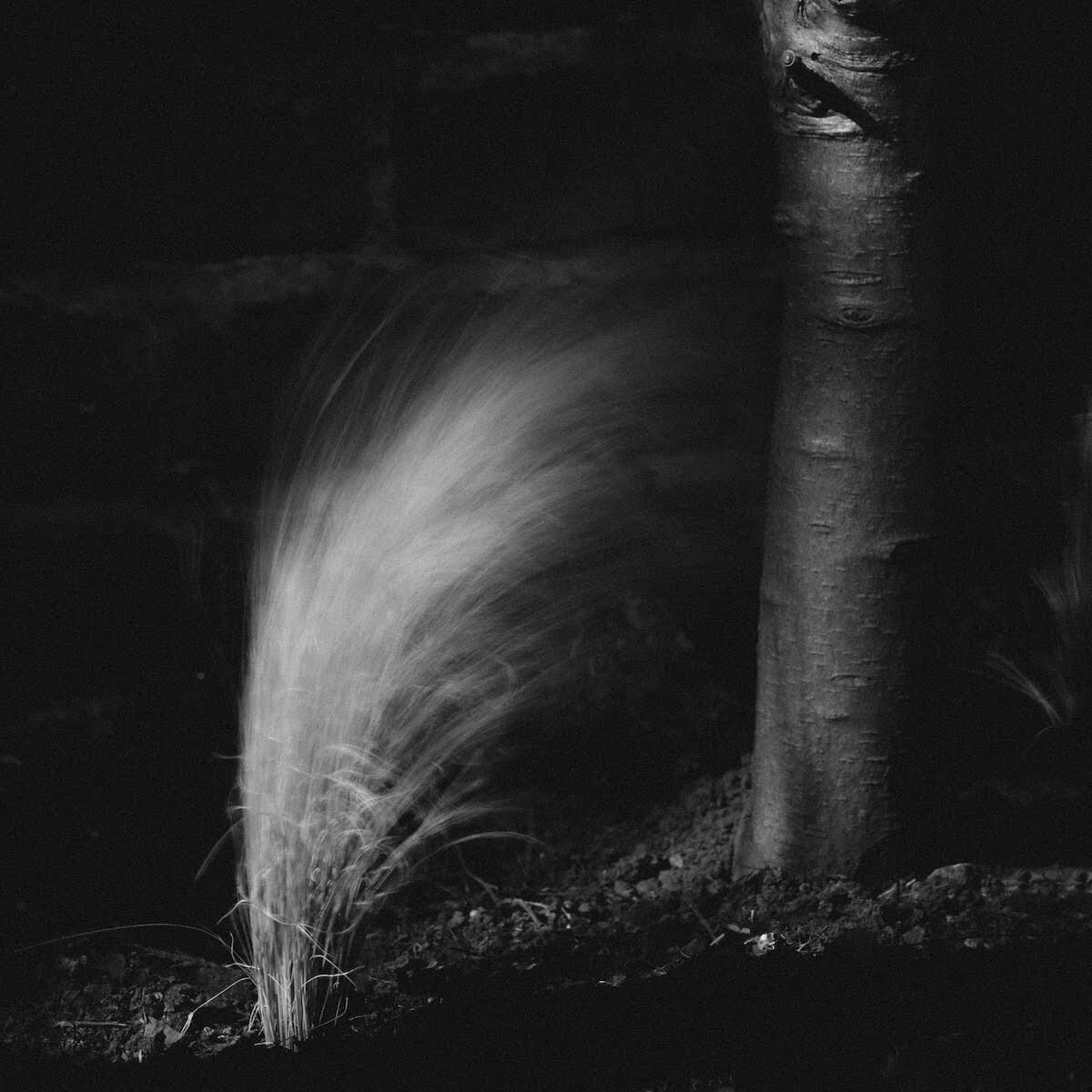
This one didn’t make the cut, but it’s a good one to learn from
I wasn’t convinced by the result. I couldn’t quite find the sweet spot to capture interesting movement white keeping the subject intact. As a result, it lacks focus and intent.
If the wind isn’t co-operating, put your camera on a timer and gently shake the stem of the plant right before the shutter… nobody will know!
If the wind isn’t co-operating, put your camera on a timer and gently shake the stem of the plant right before the shutter… nobody will know!
Tip 5
Use the weather to your advantage
You can take good photographs no matter what the weather is doing. Fact. I believe the same could be said for landscape photography, too. Instead, anticipate the weather and using it to your advantage.
If it’s raining, freeze it in midair with a high shutter speed or slow it down just enough to capture some of the movement. Too slow, and it’ll blur out completely. Or photograph leaves and flowers covered in reflective water droplets.
In broad daylight, play with the contrast between light and shadow. And consider editing in black and white to emphasise the effect.
If it’s raining, freeze it in midair with a high shutter speed or slow it down just enough to capture some of the movement. Too slow, and it’ll blur out completely. Or photograph leaves and flowers covered in reflective water droplets.
In broad daylight, play with the contrast between light and shadow. And consider editing in black and white to emphasise the effect.
Before and after converting the image to black and white
My result: abstract, minimal, black and white garden photography
So here’s my final series… I shot them all handheld, in harsh midday sun filtering through the hedges that flank our small garden near the centre of Manchester.
I’m very happy with it. It feels cohesive, artistic and importantly – meaningful.
The Coronavirus pandemic has turned a lot of worlds upside down.
I felt demotivated and depressed. And until now, I didn’t see the point in picking up the camera. But it’s important that we all make the best of the situation we’re in, and summon a little bit of creativity and positivity to help us get through strange times.
Stay safe. And send me any photos you take in your garden, I’d love to see what you create.
I’m very happy with it. It feels cohesive, artistic and importantly – meaningful.
The Coronavirus pandemic has turned a lot of worlds upside down.
I felt demotivated and depressed. And until now, I didn’t see the point in picking up the camera. But it’s important that we all make the best of the situation we’re in, and summon a little bit of creativity and positivity to help us get through strange times.
Stay safe. And send me any photos you take in your garden, I’d love to see what you create.

